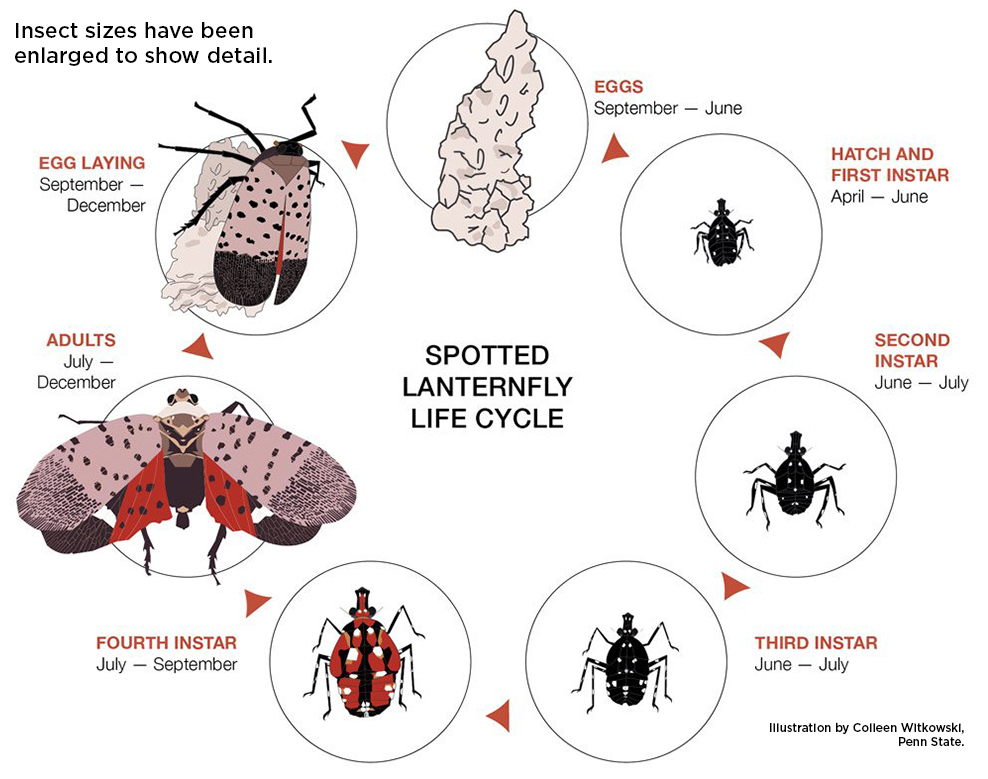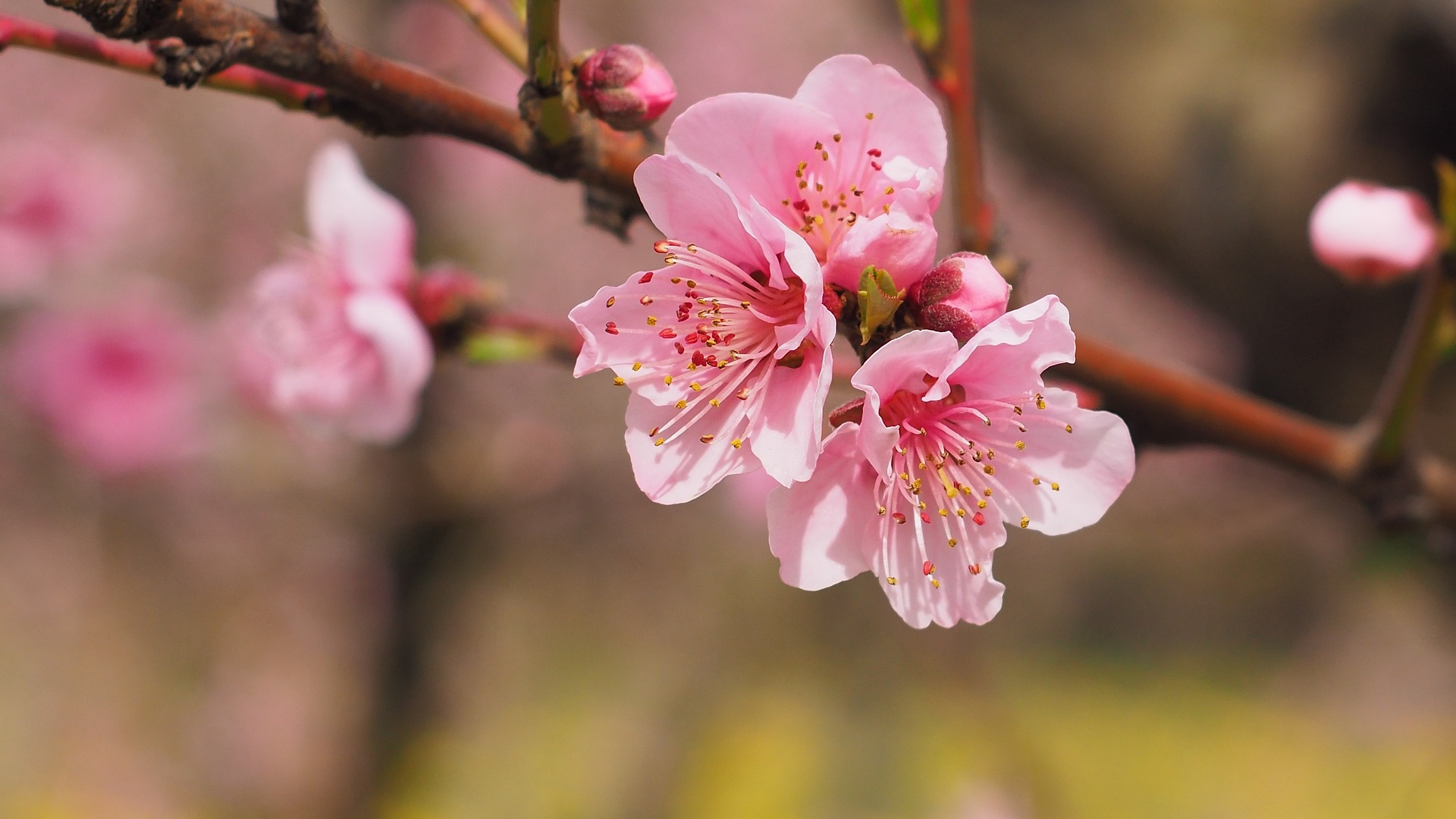Spotted Lanternflies (SLF’s), originally from China, first appeared in Pennsylvania and are now being found all over Central Virginia. There are still many unknowns so the extent of the damage they may cause.
The primary concern at this time is grapes and fruit trees. SLF’s are being found on many ornamental trees also. It remains to seen what all SLF’s will feed on. While they may pose a serious risk to commercial orchards, the general consensus is they are more of a nuisance than a major problem for homeowners.
“As SLF feed, they exude a waste product called honeydew. Honeydew is high in sugar content and becomes sticky as it coats a surface. Continuous deposits of honeydew on the ground, surrounding vegetation, or other surfaces, such as a patio, will eventually lead to the growth of sooty mold” (Virginia Cooperative Extension).
Control of Spotted Lanternflies
Systemic Insecticide – Imidacloprid: Typically sold as a tree and shrub drench that is mixed with water and poured around the base of the plant. Systemic drenches are not recommended for edibles and should not be used if flowering plants are at the base of the tree or shrub.
Malathion: Typically purchased as a concentrate that is mixed with water and sprayed on foliage, branches, and/or trunks.
Organic Controls – Neem Oil, Pyrethrin, and Insecticidal Soaps: Available both as ready to use and concentrate. Spray on foliage, branches, and/or trunks. Organic controls are considered safe for use on edibles.
Below are links to SLF resources provided by the Virginia Cooperative Extension:
Residential Control for Spotted Lanternfly
Best Management Practices for Spotted Lannternfly




